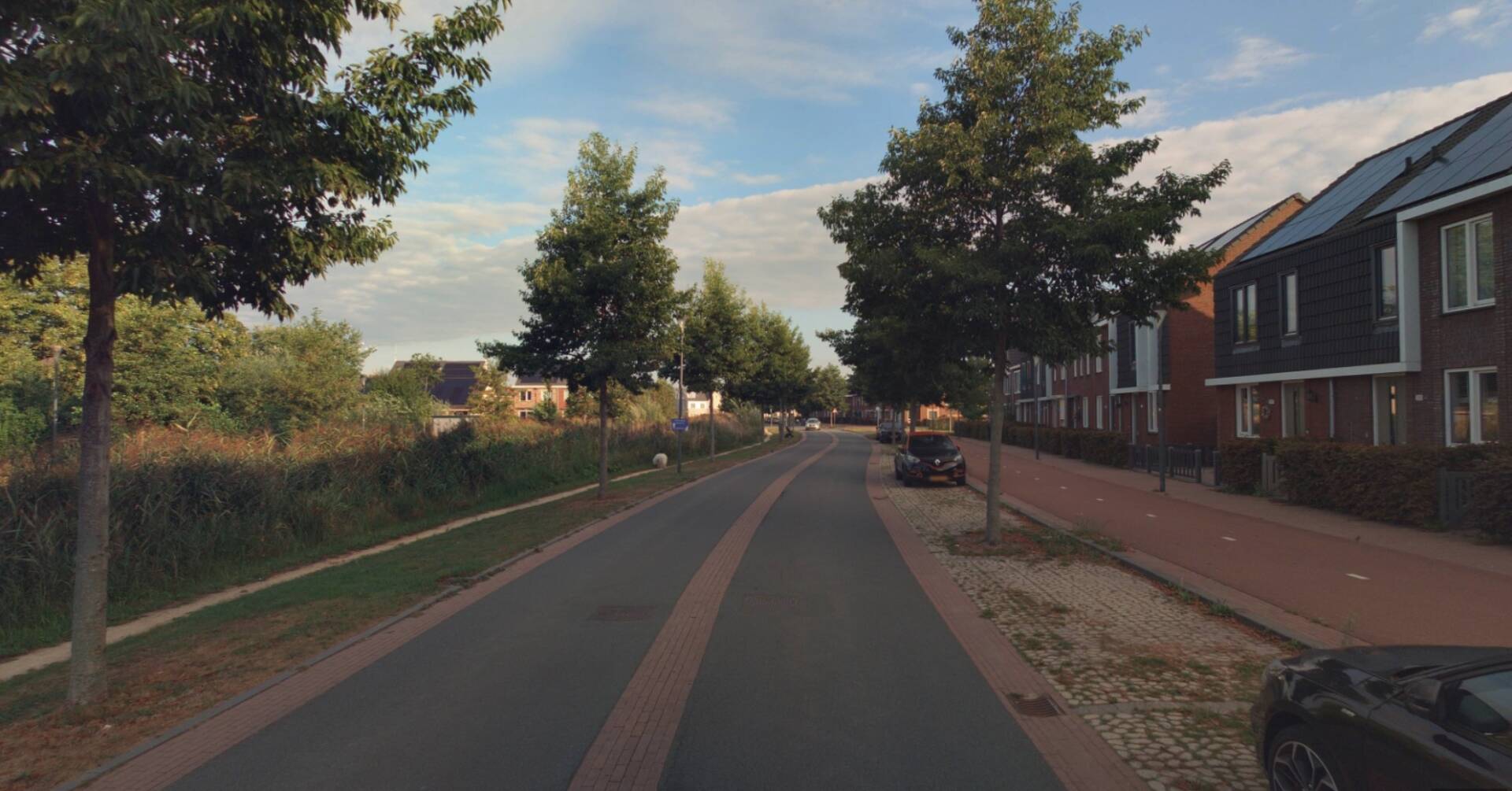Ambitious cities and towns across the globe are implementing speed reductions on arterial and collector roads in order to meet safety goals and improve multi-modal usability. In the Netherlands, this typically means reducing speed limits from 50 km/h to 30 km/h (30 mph to 20mph). To achieve safer speeds while maintaining a relatively high level of road capacity and access, a new road classification has been devised: the 30 km/h (GOW30, or “Urban Access Road 30”). Mobycon, commissioned by CROW, led an investigatory study about the design characteristics which may be most appropriate for the new GOW30 road type.
What width works best? Which modes have priority and how is that communicated through intuitive design? What signage is best understood by users? These were important questions that needed answers. But above all, the question of recognizability. What distinguishes a GOW30 from other common road classifications, such as anETW30 and a GOW50? How will road users intuitively understand the expected behavior on this new and unfamiliar type of road?
Together with a multi-disciplinary working group comprised of various road authorities, SWOV (the Dutch national road safety research organization), Openbaar Ministerie (the Dutch national Public Prosecution Service), Police, VVN (Dutch Traffic Safety Association), and Fietsersbond (Cyclists’ Union), these questions drove a process that led to a set of provisional design characteristics for GOW30 roads. Other experts in the field also served as resources and critical reviewers to the recommendations, including peer consulting firms, knowledge organizations, governments, and advocacy groups. To gather as much knowledge as possible and to create as broad a support base as possible, a webinar for a broad audience of stakeholders and a design charette were also organized.
In May, the CROW publication ‘Provisional Design Characteristics: GOW30’ was released. It offers traffic planners and engineers guidance for road sections, intersections, and transitions to other road types. The new guidelines provide municipalities with concrete tools to improve traffic safety on challenging roads within built-up areas.


